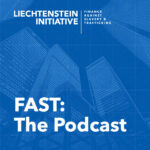The FAST Blueprint (September 2019) sets out five Goals and thirty Actions for financial sector actors to address modern slavery and human trafficking. This Insight focuses on financial sector action on remedy and reparations, in line with FAST Goal 4.


